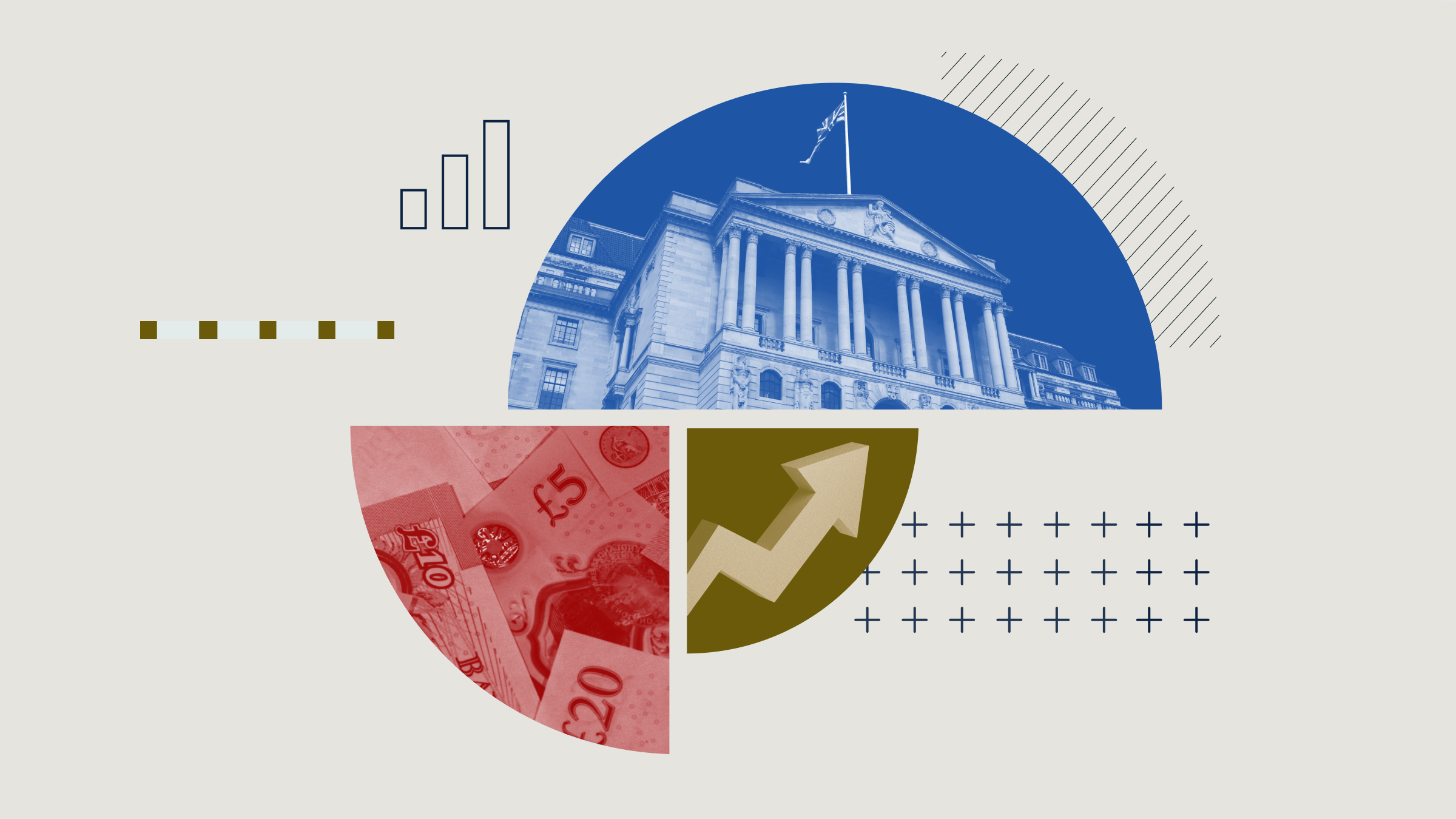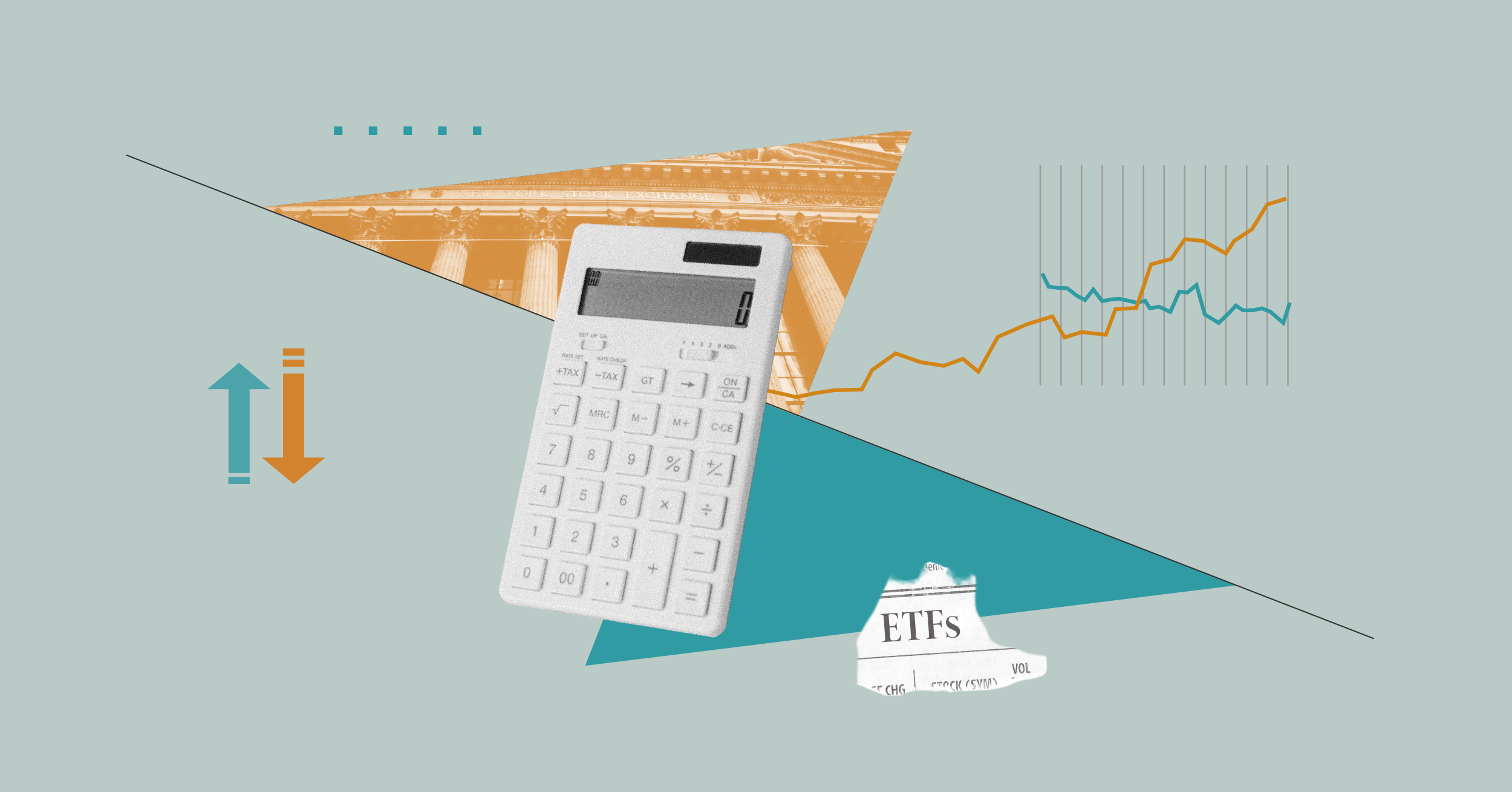
The final quarter of 2018 saw a variety of markets and risk assets plunge. However, we have seen markets move up this year, with certain areas rebounding much more than others.
The volatile nature of returns has seen 53.3% of funds that sat in the bottom quartile for their performance during the fourth quarter of 2018 bounce back to top quartile in the year to date to the end of February. This is based on UK-domiciled funds in their respective Morningstar Categories, which contain funds registered across Europe.
The average loss of these fourth-quartile funds was 9.7% during the fourth quarter of 2018 – based on the clean share classes – but with the positive returns seen in 2019, their average gain across January and February was 5.6%.
When putting a spotlight on equity growth strategies, these funds had a higher-than-average loss in the fourth quarter but also a higher-than-average gain in 2019.
It is not all good news for investors, however. Only 2.5% of funds, the majority of which were fixed income, managed to make a return this year that on an absolute basis was equal to or greater than the loss made in the fourth quarter.
Signs of patience of future rate hikes by the Fed and an improving tone over the trade tensions between the US and China have been positive undertones. However, data overall has been soft, led by weakness in ISM surveys and more recently in the nonfarm payrolls in the US and a marked slowdown in Chinese consumer data, including auto and housing. Geopolitical uncertainty continues and is keeping investors on the lookout for further confirmation on the global recovery.
US equities, as represented by the S&P 500, are leading the recovery amongst the major markets with 6.6% gains for the year through to February, in sterling terms. Despite Brexit-related uncertainty weighing down on sterling and UK markets, the FTSE All Share Index posted robust gains of 6.6% with domestically focused small-cap equities lagging their large-cap counterparts.
Both European equities (MSCI Europe ex UK Index) and emerging markets (MSCI Emerging Markets Index) were not far behind with healthy gains of 5.3% and 4.4%, respectively, in sterling terms. Japanese equities (Topix) lagged the most in developed markets with a 1.7% increase in sterling terms over the same period.
Outside major markets, the China A-share market showed strong returns of more than 15%, in sterling terms, following its disastrous performance in 2018 as domestic market sentiment improved markedly. This was linked to the macro policy stance, easing of financial conditions, and the rhetoric around the US-China trade war cooling off.
More granularly, small-cap stocks globally rebounded the most from their recent fourth-quarter lows with US small-cap equities (Russell 2000 Index) posting a 12.0% rise, in sterling terms, over the period. However, UK and European small-cap equities lagged their US counterparts, returning 4.4% and 6.0%, respectively, as the region witnessed marked deceleration in domestic growth and as talks over Brexit weighed on sentiment. Growth stocks outshined value stocks in the US with the Russell 3000 Growth Index returning 8.4% versus 6.7% for the Russell 3000 Value Index, in sterling terms.
Within fixed income, high-yield bonds rebounded the most, returning 5.3%, in sterling terms, over the period. The sterling corporate bond market also delivered solid gains of 1.9% over the period, while gilts and emerging-markets bonds lagged.
Winners and Losers
Baillie Gifford, a growth-oriented house, was hit hard in the fourth quarter, given its general adherence to this style. The most affected fund was Baillie Gifford British Smaller Companies, which fell 19.9% yet remained in the bottom quartile so far in 2019, with a return of 2.7%. Conversely, two of the shop's other funds that got hit, Baillie Gifford American and Baillie Gifford Global Discovery, which lost 19.7% and 19.6%, respectively, in the fourth quarter, bounced back with strong returns of 16.3% and 18.2%. This gave the funds a top 1 and 2 percentile return rank in their categories for 2019.
Turning to the UK, some funds invested in UK companies have fared well. Most notably, Cavendish AIM returned 19.9% for the first two months of 2019, more than recouping the losses it had made in the fourth quarter (15.4% loss); that is even more impressive when considering the FTSE AIM market returned 6%.
Fixed-income funds have generally fared better, with average losses in the fourth quarter of 0.70% being absolved by 2019 returns of 1.4%. Similar to growth strategies in equities, high-yield funds had the greatest volatility in performance. The three worst-performing fixed-income funds in the fourth quarter were all high-yield strategies: Schroder High Yield Opportunities, L&G High Income, and JPMorgan Global High Yield Bond. But they have been among the top performers in their category in 2019.
Funds with Morningstar Analyst Ratings performed broadly in line with the market, but there were some notable winners and losers. A number of M&G funds have come back to be the best performers, with M&G Recovery (Bronze), M&G Pan European Select (Silver), and M&G Global Dividend (Silver) moving up to either the third or fourth percentile ranking from a fourth-quarter return rank in the bottom 10%. On a five-year basis, M&G Pan European Select and M&G Global Dividend have performed well, with seventh and 35th percentile rank, respectively. However, M&G Recovery still has a way to go to make up for its performance, which has earned it a five-year category return rank of 91st percentile.
What Next? So far this year, performance has generally been marked by growth outperforming value, a bounceback in credit markets that had sold off sharply during 2018, and a rally in US small caps. These areas have been sweet spots for investors during the bull market of recent years. But apart from the Chinese market’s gain, most of the laggards have remained that way on a relative basis. Patient investors are still sitting tightly for any indication of a leadership change.




























